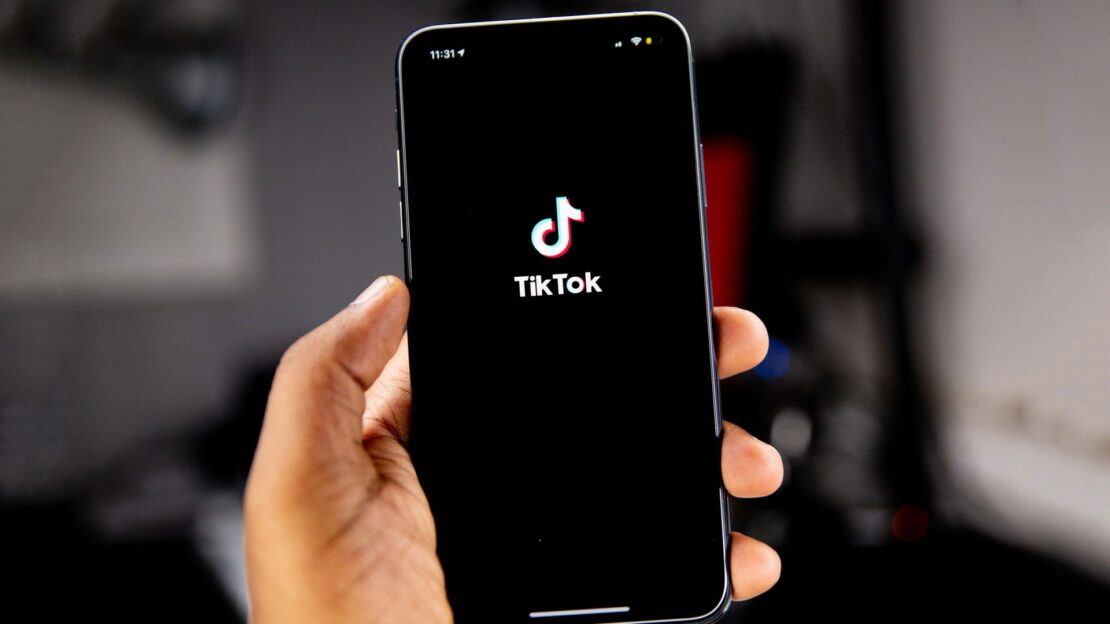COVID-19 Has Changed the Game for Communicators Everywhere
October 6th, 2023
Everyone enjoys the simplicity of communication; sometimes so much that we tend to take it for granted. PR professionals understand the complexities of effective and impactful communication, but no one in the industry could have possibly imagined what was in store for us in 2020.
Our greatest test: COVID-19.
Greg Marshall, Account Executive of Grayling New York shares his insights on today’s global pandemic and its ripple effect on the future of communications management.
Veteran PR professionals rely on intuition, resources, connections and experience to guide them through any challenge they face. The best crisis communication managers can remain calm and weather any storm, no matter how much the storm intensifies. When push comes to shove, the threat to public safety has always demanded the highest level of action, has required the utmost attention to detail, and has sparked the greatest amount of pressure from the public.
Without question, we can see that COVID-19 has impacted the way we communicate with one another (breaking news, public affairs, storytelling, video technology etc.). Upon closer inspection, the public has reacted differently to today’s pandemic than they did with crises in past generations.
We shouldn’t be surprised that telecommunications is at the forefront of our adapted lifestyle. Everyone on Earth has something in common to talk about, which is leading to reconnections. As we are having more meaningful, deeper conversations, we feel more connected to the audience we address.
Will these changes fade away once we return to our new normal?
Which changes are likely to stay?
What is it that makes this crisis so unique?
How has this pandemic affected the psyche of the public?
What can we expect for the future of communication during a crisis like this?
Strategic Communications
There are two kinds of people; those who are born with communications skills and those who have to learn the art along the way. Most of the learning process relies on interaction, perspective and timing. It’s the ability to say something at the right moment and the ability to get multiple people on the same page in a collective decision.
COVID-19 unequivocally sparked the demand for strategic communications and crisis management at the start of the new year. The creation of the White House COVID-19 Task Force on January 29 was the first national step to combat the uncertainty and misunderstanding surrounding the virus. With Dr. Anthony Fauci appointed as the face of federal government response, a strategic communicator was in place with a one-of-a-kind ability to convey complex medical information in a way that the general public understands.
Finding the right language to convey your message is more complex than some realize. Leaders strive to build thorough relationships with their audiences and lean on language to support that process. Using Dr. Fauci as an example, we can see that strategic communication is also critical in securing an audience’s attention and trust, sometimes needing only one delivery of a message or sometimes needing multiple.
In our new world of “facts first” and “fake news,” our demand for accurate communication is also critical. Certain words can infuse fear and panic or build understanding and trust. Like a virus, words are infectious. It’s incredibly important to structure messages that evoke the best response possible, especially when dealing with a health crisis.
Audience and Public Fatigue
As days turn to weeks and weeks turn to months, the public demand for leadership and proactive communication has never been higher. We can see federal and state governments using their podiums and press conference rooms more than ever before. But how much is too much? Is there a cost for over-communicating?
Audience fatigue is a well-known side effect of excessive communication on our biggest social platforms. Audience fatigue creates mistrust, suspicion and lack of interest in the information we absorb on a daily basis. We are now seeing this disparity throughout the nation. A continuous cycle of COVID-19 public address announcements have been appreciated, but with no definitive timeline of re-opening the economy and non-essential businesses, some of the nation has started to become restless and weary.
The general audience understands the importance of daily briefings, but struggles to keep up with the inundation of COVID-related emails, messages and advertisements flooding their inboxes and dashboards. This change in public response is quite different than what took place in early March when virus headlines captured our attention and sparked drastic decision making.
A growing portion of the nation is showing signs they’re ready for a new message, however our nation’s top medical advisors and policy makers are still reluctant toward addressing the same collective message. Our dynamic change of public reaction has been difficult for policy makers to manage and communicators to respond, almost like a Rubik’s Cube that’s fighting back.
Communicators are used to pressure, confusion and emotional reactions from their audience. Some think that communication generates something tangible to marketing/advertising, or generates something simple that can easily be digested by everyone. However in this case, with an audience of 300+ million trying to understand a message, it’s nearly impossible for communicators to please everyone’s self-interests.
The COVID-19 pandemic has changed our perception of communication for the foreseeable future, but no one knows the scale of how much this experience could change our industry. Many lessons will be learned from this experience, both from the public and our top communicators. PR professionals need to be trained for any message at anytime, no matter how complex or obscure.
Grayling New York wishes you the best of health and luck in this trying time. If there’s anything that we can do to help, please do not hesitate to get in touch: Lucia Domville, Managing Director, Grayling New York.


